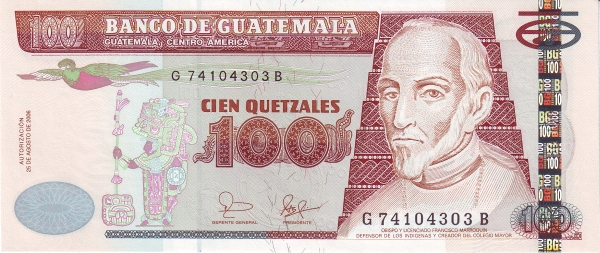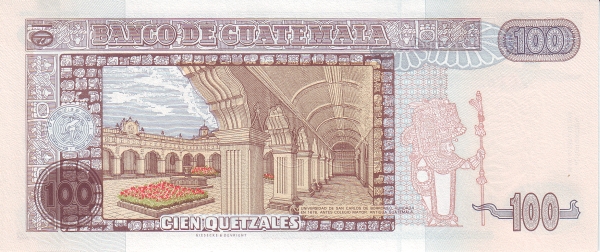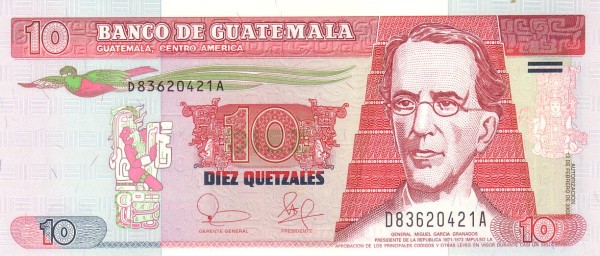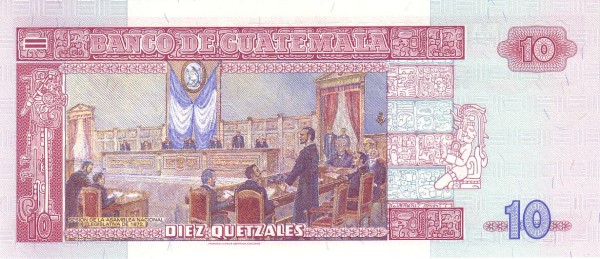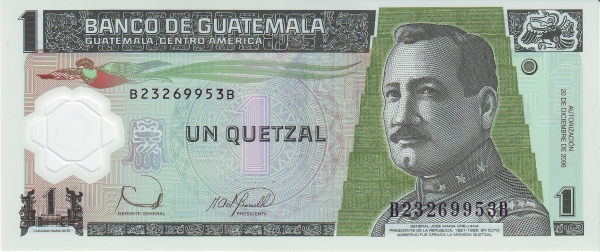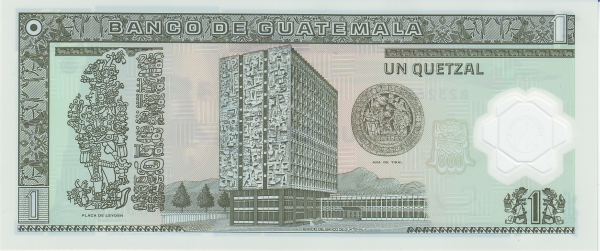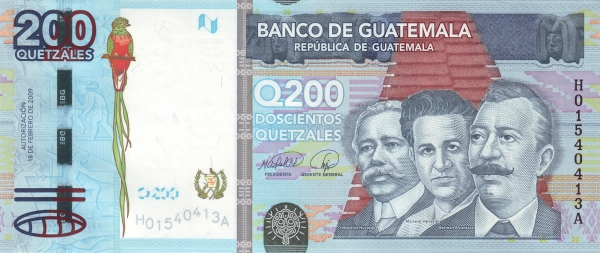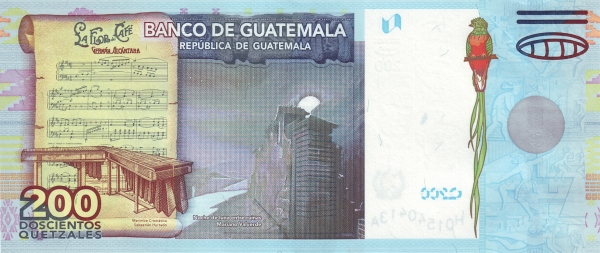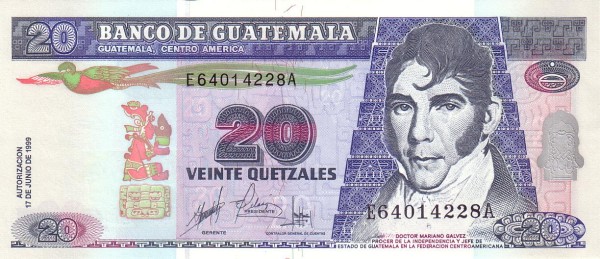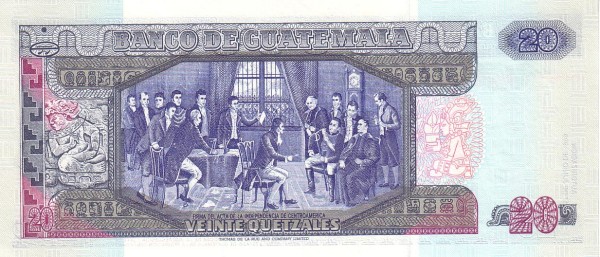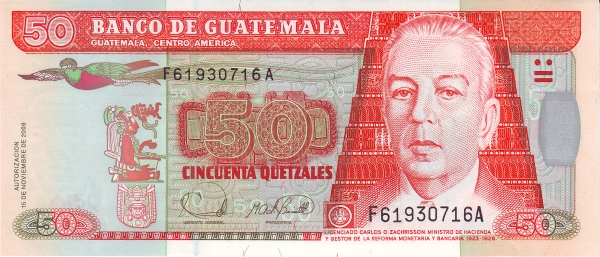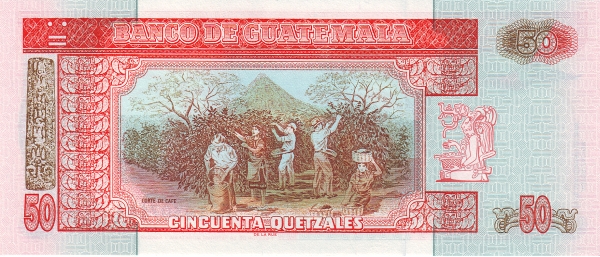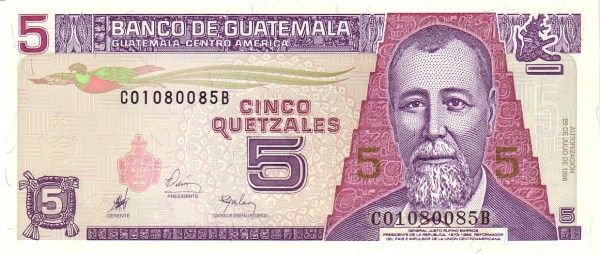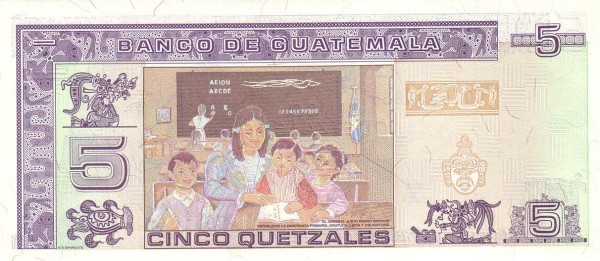Discovering the Wonders of Guatemala
Guatemala, often referred to as "alma de la tierra" or the "soul of the earth," holds a prominent place in Central America. Nestled southeast of Mexico, this largely mountainous country offers a stunning landscape that enchants visitors. With the Pacific Ocean to its south and a narrow coastline lining the Caribbean Sea, Guatemala enjoys a unique geographical position. Additionally, it shares borders with Belize, El Salvador, Honduras, and Mexico, making it a crossroads of diverse cultures and rich history.
Geographical Richness
With an impressive area of approximately 109,000 km² (42,085 sq. mi.), Guatemala resembles Bulgaria in size and slightly exceeds the dimensions of the U.S. state of Kentucky. This captivating land boasts over 30 volcanoes, many of which remain active, providing a breathtaking backdrop for adventurers and sightseers alike. The diverse geography enriches the nation, featuring fertile coastal plains and majestic mountain ranges.
Climate Variations Across Regions
The climate of Guatemala varies significantly across its regions. On the coastal areas, the weather remains tropical, while the highlands offer a temperate climate, perfect for cultivating a range of agricultural products. These climatic differences ensure a bountiful harvest and support a vibrant economy. Whether one visits the lush jungles or the cooler mountainous regions, each locale presents its own unique charm.
Cultural Heritage of Guatemala
Delving into the cultural heritage of Guatemala unveils a history steeped in the legacy of the ancient Maya civilization, which flourished during the first millennium A.D. This fascinating heritage continues to influence contemporary Guatemalan society. Following nearly 300 years of Spanish colonial rule, Guatemala proudly achieved independence on September 15, 1821. Over the years, the nation has navigated through various military and civilian governments, alongside a prolonged 36-year guerrilla war.
Resilience and Recovery
In 1996, Guatemala signed a significant peace agreement that officially ended the conflict, allowing the nation to embark on a path toward healing and recovery. This tumultuous period resulted in the loss of over 100,000 lives and created approximately one million refugees. The resilience of the Guatemalan people is evident in their unwavering spirit and efforts to rebuild their nation.
Government Structure and National Identity
Guatemala operates as a constitutional democratic republic, guided by a constitution that has seen amendments since its establishment in May 1985. The people, known as Guatemalans, showcase their rich diversity, comprising a mixture of mestizo (mixed Spanish and indigenous) and indigenous ethnic groups. As of 2014, the population stood at around 15.8 million, with Spanish being the official language. Interestingly, many indigenous languages thrive, especially in rural areas, underlining a commitment to preserving cultural heritage.
Religious Practices
Religion plays a vital role in the lives of Guatemalans, with a significant portion identifying as Christian. Additionally, traditional Mayan beliefs coexist harmoniously alongside Christianity, reflecting the country’s multicultural fabric. This rich tapestry of beliefs contributes to vibrant festivals and ceremonies that draw tourists and locals, adding a lively charm to Guatemala.
Natural Resources and Economy
Guatemala's economy thrives on a wealth of natural resources, including petroleum, nickel, rare woods, and hydropower. Agriculture serves as a cornerstone of the economy, with products such as sugarcane, corn, bananas, coffee, beans, and cardamom dominating the landscape. The livestock sector, including cattle, sheep, pigs, and chickens, also contributes significantly to the national income.
Industries Fueling Growth
The industrial landscape of Guatemala includes vibrant sectors such as sugar production, textiles, clothing, furniture manufacturing, and chemicals. Tourism has rapidly emerged as an essential industry, bringing international visitors eager to explore Guatemala’s rich history and stunning landscapes. Exports play a crucial role in economic stability, with commodities such as sugar, coffee, and bananas leading the trade.
Imports and Economic Dynamics
Guatemala engages actively in international trade, importing essential commodities like fuels, machinery, transport equipment, and construction materials. The United States remains a significant trading partner, accounting for a substantial percentage of imports. Notably, trade relationships with countries like China, Mexico, and El Salvador further integrate Guatemala into the global market.
A Glimpse into the Future
As Guatemala progresses, its people strive to reclaim and celebrate their identity. The nation’s historical richness, combined with natural beauty, positions it as a unique destination in Central America. Visitors to Guatemala experience an enchanting blend of traditions, landscapes, and innovations, making every moment spent here unforgettable.
Largest cities of: Guatemala
| City Name | Population | Year of foundation | |
| Guatemala City | 994,000 | 1776 | |
| Villa Nueva | 411,000 | 1524 | |
| Quetzaltenango | 240,000 | 1540 | |
| San Marcos | 239,000 | 1542 | |
| Escuintla | 200,000 | 1524 | |
| Chimaltenango | 100,000 | 1524 | |
| Puerto Barrios | 100,000 | 1895 | |
| Cobán | 100,000 | 1543 |
Guatemala: Money
